
The allure of a luxury car is undeniably potent. It promises not just a mode of transport, but an entire experience: superior craftsmanship, cutting-edge technology, exhilarating performance, and an undeniable sense of prestige. For many, investing in a luxury vehicle represents a significant financial decision, often viewed as a statement of success, a reward for hard work, or a long-term asset designed to enhance their daily lives.
As seasoned car experts, with years of experience navigating the complexities of the automotive industry, we understand that true value extends far beyond marketing glitz and initial impressions. Our approach is driven by impartial testing, thorough research, and a deeply consumer-centric philosophy. We aim to cut through the noise and offer an unbiased assessment of what truly matters most to you: long-term value, reliability, safety, performance, and, crucially, an ownership experience that genuinely justifies the premium cost.
This in-depth report delves into a carefully selected list of luxury cars that, despite their opulent exteriors and aspirational branding, simply do not deliver on their premium promise. These are vehicles where the high cost often far outweighs the intrinsic worth, plagued by issues ranging from subpar interior quality and outdated technology to alarming depreciation rates and ultimately, an underwhelming driving dynamic. Join us as we shine a critical, unbiased light on twelve such models, beginning with the first six that have consistently failed to impress discerning experts and justify their continued presence in the upper echelons of the luxury vehicle market.
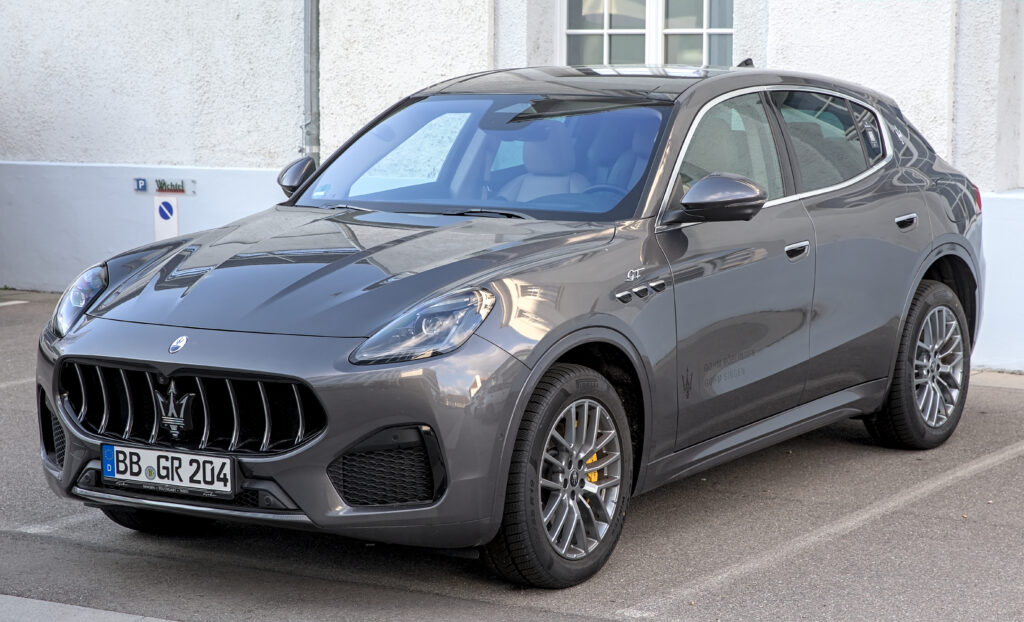
1. **Maserati Grecale**: The Maserati name has long been synonymous with Italian craftsmanship, evocative design, and high-performance engineering, conjuring images of exclusivity and thrilling drives. However, when examining the Grecale, this revered image appears to be more of a carefully constructed facade rather than a true reflection of its value proposition in the competitive luxury SUV segment. Automotive expert Emil Sultanov, founder of Long Term Car, provides a candid assessment, stating, “Despite the Maserati name evoking images of Italian craftsmanship and high performance, the Grecale falls short in several areas.” This expert sentiment encapsulates a widespread industry consensus that the Grecale struggles significantly to live up to the illustrious heritage its badge implies, particularly when compared to its numerous, highly capable rivals.
A critical area where the Grecale visibly falters is its interior quality, which, according to Sultanov, “does not match up to the high standards set by its competitors.” In a segment where meticulous attention to detail, sumptuous materials, and flawless finishes are not just desired but expected, the Grecale’s cabin often feels less refined and more conventional than its peers. This disparity leaves discerning buyers feeling distinctly shortchanged, questioning the true “luxury” aspect of their investment. Compounding this issue is an infotainment system that “feels outdated,” creating a frustrating technological disconnect between the vehicle’s otherwise modern exterior and its behind-the-times user interface. In today’s tech-forward luxury market, where seamless digital integration is paramount, this deficiency is a significant drawback.
Furthermore, the Grecale presents a troubling financial outlook for prospective owners, making its premium price increasingly difficult to justify. Sultanov highlights that “the Grecale’s fuel efficiency is subpar,” leading directly to higher running costs over the vehicle’s lifespan. This is a particularly sensitive point given contemporary economic pressures and the growing consumer demand for more efficient powertrains, even in luxury vehicles. Perhaps the most alarming aspect for any luxury car buyer considering long-term ownership is its “depreciation rate is alarmingly high, making it a poor investment.” This rapid and substantial loss of value means that buyers will see a significant chunk of their initial investment evaporate quickly, firmly positioning the Grecale as a car that simply isn’t worth the considerable premium price tag when assessed against its tangible drawbacks and long-term financial implications.
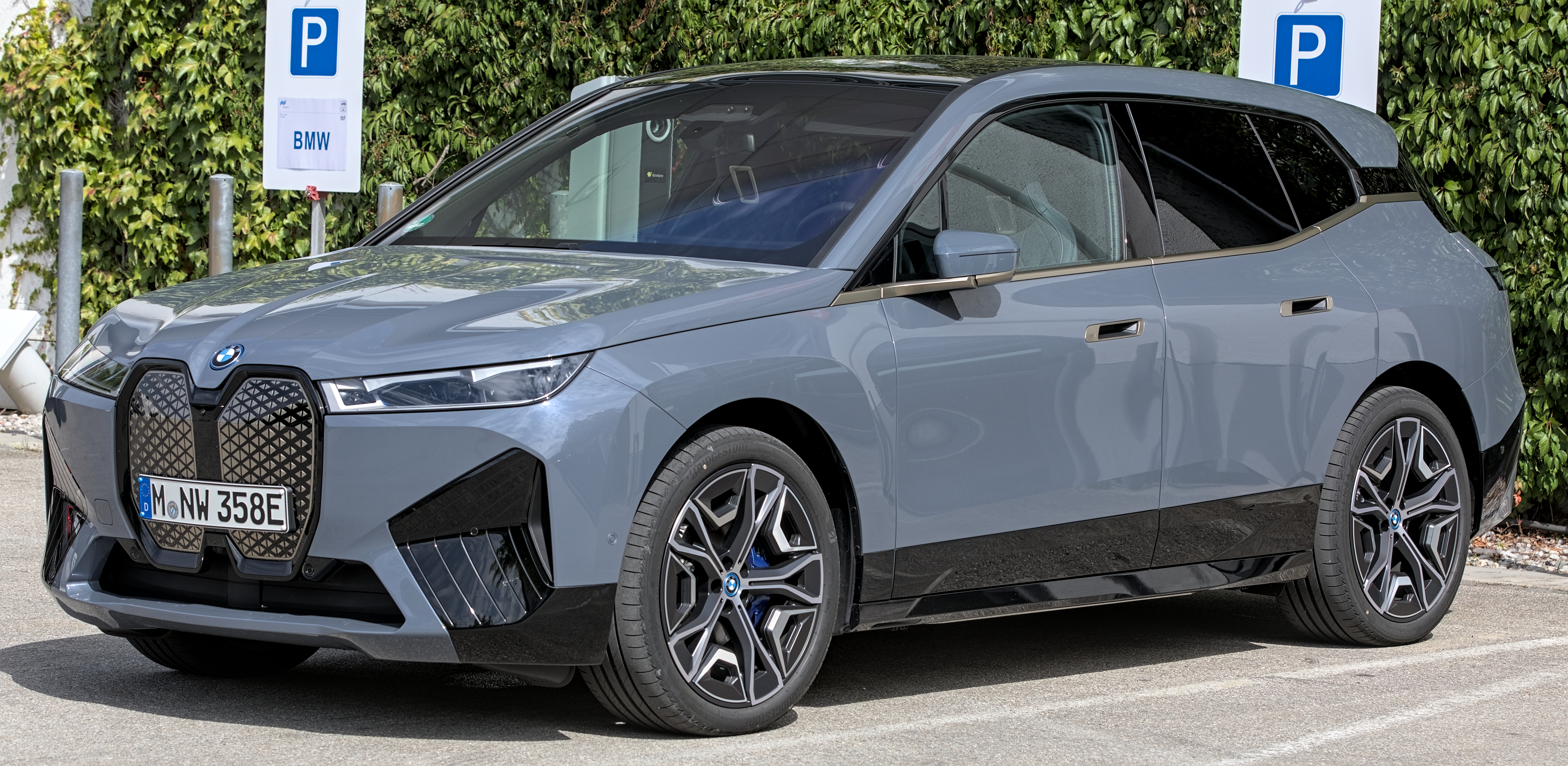
2. **BMW iX**: BMW has, for decades, meticulously cultivated a reputation for delivering engaging, dynamic driving experiences and consistently pioneering sophisticated engineering. The iX represents a bold, and indeed, visually unconventional, foray into the burgeoning all-electric luxury SUV segment. On paper, the vehicle certainly boasts impressive specifications, including “an impressive electric range and cutting-edge technology,” factors that initially pique the interest of environmentally conscious luxury buyers and tech enthusiasts alike. However, Shawn Miller, a senior writer at Modified Rides, quickly interjects with a dose of pragmatic reality, noting that “its high price and questionable styling choices leave much to be desired.”
The exterior design of the BMW iX has proven to be a particularly polarizing topic since its initial unveiling. While a segment of the automotive public may appreciate its truly avant-garde and futuristic approach, a substantial number of traditional BMW enthusiasts and more conservative luxury car buyers find its aesthetics contentious. Many struggle to reconcile its distinctly non-traditional lines and proportions with the brand’s established and often admired design language. This subjective, yet incredibly impactful, element contributes significantly to its diminished appeal, especially when buyers are expected to pay a top-tier price for a luxury presence that might not universally resonate. The high entry price then becomes an even more formidable barrier when the styling itself is a point of debate rather than universal admiration.
Moreover, while the general “driving experience” of the iX is often characterized as “solid” and competent, Miller explains that it “doesn’t quite match the dynamic feel of traditional BMW models, making it a less exciting option for brand loyalists.” This is an absolutely crucial distinction for a brand that has meticulously built its entire ethos around the promise of “the ultimate driving machine.” When an electric offering, despite its clear technological prowess and electric torque, fails to replicate the spirited, connected, and engaging feel that has historically defined the brand, it inevitably loses a significant portion of its core target audience who prioritize driving dynamics above all else. Consequently, for those deeply loyal to BMW’s established driving ethos, the iX represents a compromise in feel and engagement that its premium price tag struggles to adequately justify.
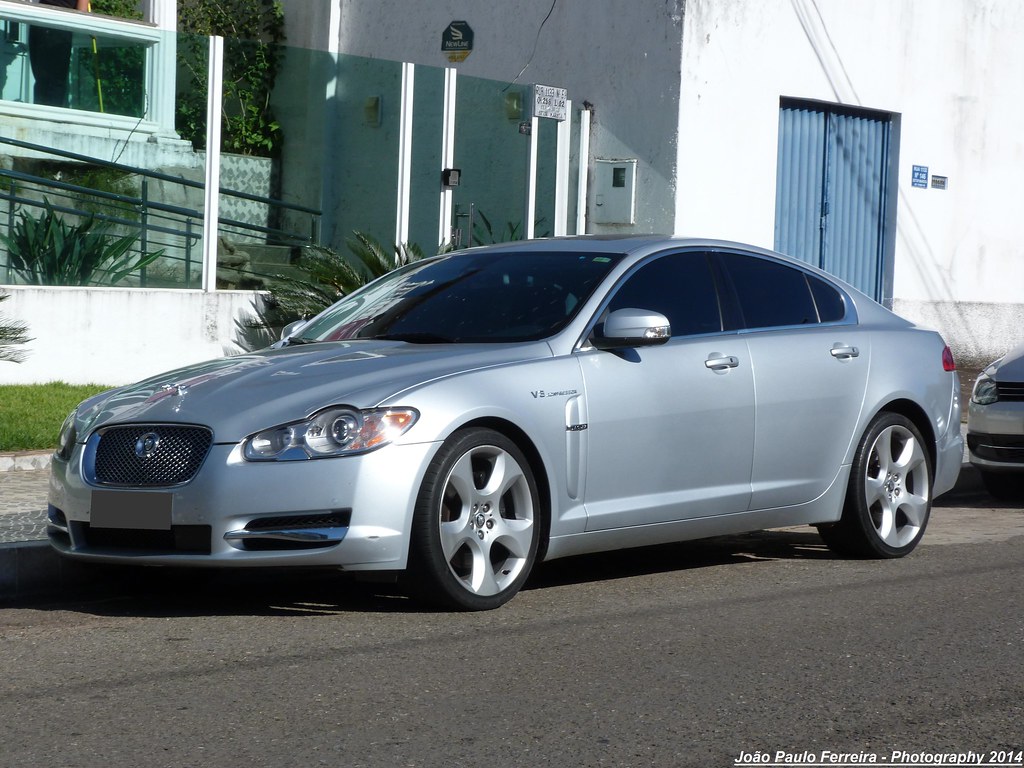
3. **Jaguar XF**: The Jaguar XF, with its undeniably sleek lines, inherent elegance, and a cabin designed for comfort, often presents itself as a compelling and stylish choice within the competitive luxury sedan market. It exudes a certain British charm and sophistication that can be highly attractive to buyers seeking something distinct from its German rivals. However, beneath this attractive and refined exterior lies a series of fundamental and persistent issues that ultimately undermine its long-term value, overall ownership experience, and its standing as a truly worthwhile luxury investment. Emil Sultanov, a recognized expert in automotive longevity and value, concisely states that the Jaguar XF, “while stylish and comfortable, struggles with reliability issues that can turn into costly repairs down the line.” This pronouncement serves as a significant and immediate red flag for any potential luxury car owner.
Reliability is not merely a desirable trait but a fundamental cornerstone of a positive and stress-free ownership experience, particularly within the luxury segment where expectations for seamless operation are rightfully at their peak. The ominous prospect of recurrent, expensive repairs can very quickly transform the initial joy and pride of owning a stylish sedan into a persistent source of considerable frustration and significant financial drain. This pervasive concern about potential breakdowns, combined with the often-high service bills associated with premium brands, detracts substantially from the XF’s overall appeal, suggesting that its initial purchase price is merely the unfortunate beginning of an ongoing and unpredictable financial commitment that many discerning buyers would unequivocally prefer to avoid.
Beyond the critical aspect of reliability, Sultanov also notes that “the engine performance is also underwhelming compared with other luxury sedans in its class.” In a category so inherently defined by spirited acceleration, refined power delivery, and an engaging drive, the XF’s powertrain often feels distinctly less engaging and less responsive than its formidable German and Japanese counterparts. This discernible lack of dynamic prowess further erodes its overall competitiveness in a market saturated with high-performing alternatives. Coupled with its notably “low resale value” and the constant emergence of “newer, more advanced models from other manufacturers,” Sultanov definitively concludes that “the XF fails to stand out,” making it a profoundly questionable investment for consumers who are seeking both genuine luxury and lasting financial value from their high-end automotive purchase.
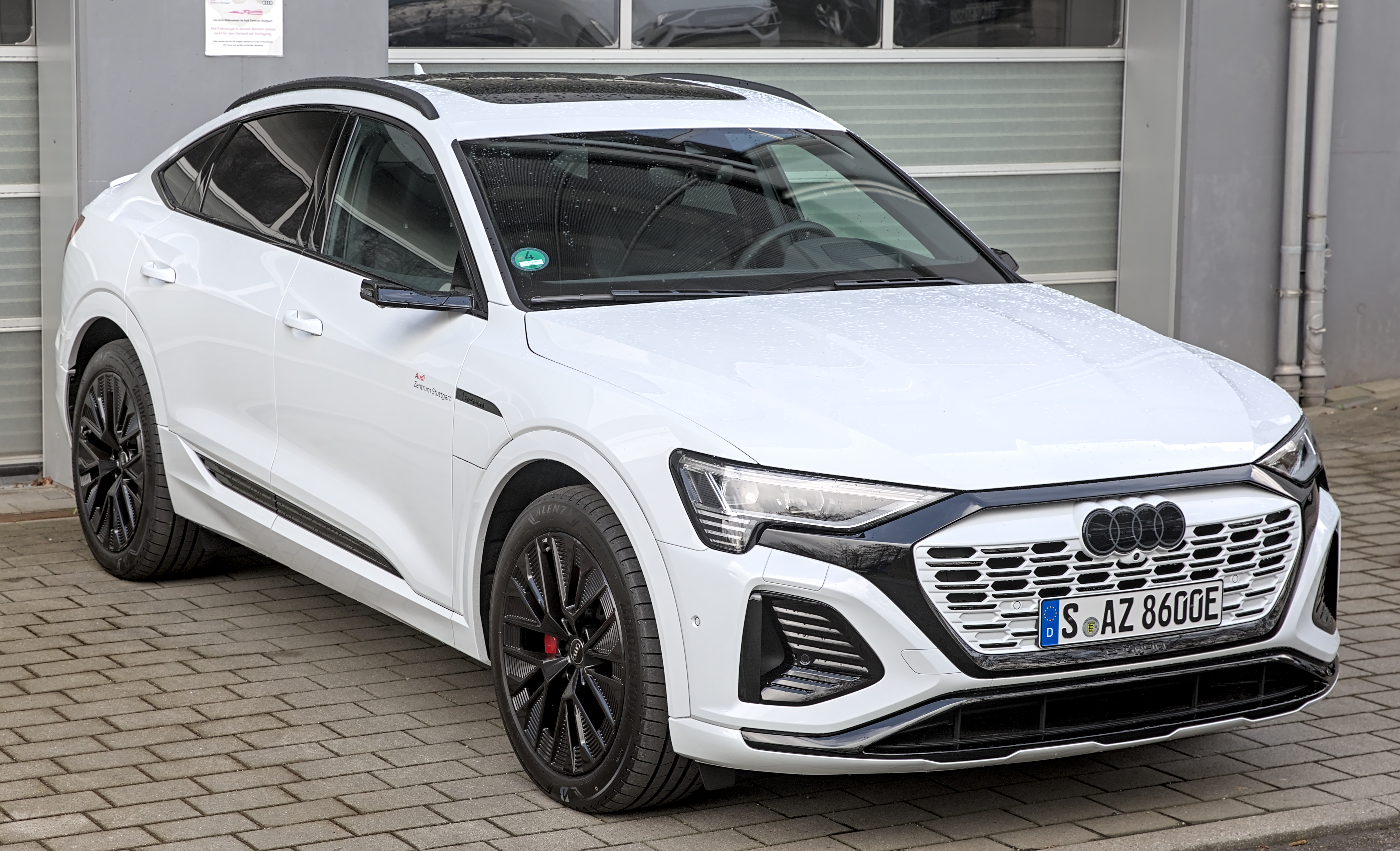
4. **Audi Q8 E-Tron**: Audi has meticulously established itself as a frontrunner in sophisticated design, advanced technology, and premium vehicle manufacturing, making its deeper venture into the electric SUV market with the Q8 E-Tron particularly noteworthy. The vehicle is prominently marketed on the promise of seamlessly combining opulent luxury with cutting-edge electric efficiency, a highly desirable and increasingly sought-after combination for many contemporary buyers. Yet, as Shawn Miller of Modified Rides keenly and critically observes, the Audi Q8 E-Tron “falls short in terms of range compared with competitors like the Tesla Model X.” This specific deficiency in a core, non-negotiable metric for electric vehicles immediately places it at a tangible disadvantage in a fiercely competitive landscape.
In the rapidly accelerating and evolving electric vehicle market, the concern of “range anxiety” continues to be a significant psychological and practical barrier for consumers. When a luxury electric SUV fails to offer a genuinely competitive driving range, its practical utility and overall desirability inevitably diminish, especially for those planning longer journeys or residing in regions with less developed and robust charging infrastructure. This primary shortfall directly challenges its fundamental claim to electric efficiency, regardless of its luxurious appointments or meticulous build quality. The promise of luxury electrification loses its luster when practical limitations become apparent.
Miller further emphasizes a crucial point, stating that “Its high cost and the lack of a significant improvement over the standard Q8 make it a less appealing option.” This observation is paramount for a luxury EV; discerning buyers expect not just mere electrification, but a tangible and substantial leap forward in terms of features, performance, or an overall value proposition that unequivocally justifies the premium price. Without offering a compelling upgrade or distinct, quantifiable advantage over its well-established internal combustion engine counterpart, or other equally capable EVs in its class, the Q8 E-Tron profoundly struggles to present a strong and persuasive case for investment. It thus becomes an option that promises a great deal but delivers only incrementally, ultimately failing to truly differentiate itself or establish a commanding presence in an already crowded and intensely competitive luxury electric segment.
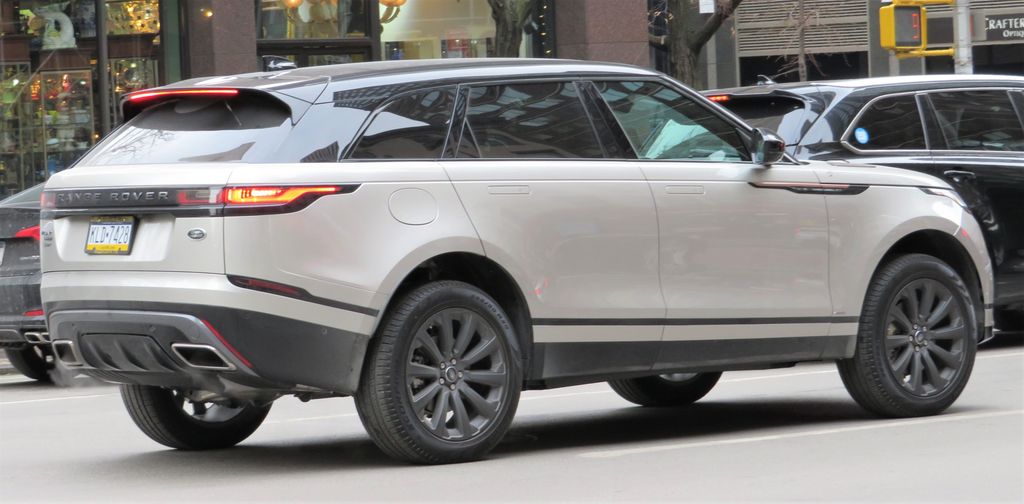
5. **Land Rover Range Rover Velar**: The Land Rover Range Rover Velar is, without question, a visual masterpiece; it is undeniably a head-turner, renowned globally for its visually striking aesthetics and an undeniable, sophisticated on-road presence. Its incredibly sleek design and reputation for a “smooth ride” contribute significantly to an initial impression of refined luxury and cutting-edge style, effectively drawing in buyers who are actively seeking a distinctive, elegant, and modern SUV. However, beneath this captivating and beautifully sculpted exterior, the Velar unfortunately grapples with a series of persistent and well-documented issues that severely compromise its long-term viability as a sound luxury investment, according to the insightful analysis of expert Emil Sultanov.
Sultanov states unequivocally that the Velar “is plagued by reliability concerns and high maintenance costs.” This particular pronouncement is a truly significant drawback for any luxury vehicle, but it becomes especially problematic for a brand like Land Rover, which often trades heavily on its image of robustness, adventurous capability, and uncompromising quality. The inherent paradox of a visually stunning and expensive SUV being prone to frequent, often costly, issues and requiring excessive maintenance quickly erodes its perceived value. This transforms the potential pride of ownership into a recurring source of financial burden and considerable inconvenience. Reliability issues not only impact the owner’s wallet but also lead to significant downtime, directly detracting from the seamless and premium luxury experience that buyers expect and pay for.
Moreover, the crucial interior user experience of the Velar consistently falls short of the elevated expectations set by its exterior and price point. Sultanov points out that “The infotainment system is not as intuitive as it should be,” a critical failing in an era where seamless digital integration, user-friendliness, and advanced connectivity are fundamental hallmarks of true luxury. This often frustrating interface can noticeably diminish the daily enjoyment and convenience of the vehicle, as drivers find themselves grappling with controls and menus that should be effortlessly accessible and intuitive. Additionally, a practical drawback emerges with “the cargo space is limited for an SUV in this segment,” which somewhat contradicts the versatile and practical utility often expected from a premium SUV. Given these substantial drawbacks in fundamental reliability, daily user experience, and practical utility, Sultanov cogently concludes that “the Velar’s high price tag does not seem justified,” making it a less-than-ideal choice for the astute, value-conscious luxury car consumer who expects both style and substance.

6. **Lexus LX 600**: Lexus has diligently built a formidable and well-deserved reputation for consistently delivering unparalleled reliability, exceptional cabin comfort, and an overall refined ownership experience, particularly within its highly regarded range of larger SUV offerings. The LX 600 aims to confidently continue this established tradition, ostensibly offering a compelling blend of opulent luxury and formidable off-road capability. However, despite these inherent and generally positive strengths, the LX 600 faces several significant and well-documented criticisms that collectively prevent it from being a truly worthy or intelligent investment in the fiercely competitive luxury SUV market. Shawn Miller, an automotive expert, highlights these crucial points, stating, “The LX 600 offers luxury and off-road capability, but its dated platform and mediocre fuel efficiency are significant drawbacks.”
The reliance on a fundamentally “dated platform” is a particularly critical concern in today’s rapidly evolving automotive landscape, as it strongly implies that the core architecture and underlying technological infrastructure of the vehicle are simply not as current, advanced, or innovative as many of its contemporary and more modern rivals. While Lexus is often recognized for its methodical, incremental updates rather than radical overhauls, in a segment that increasingly demands cutting-edge innovation, a dated platform can inevitably translate to noticeable compromises in areas such as driving dynamics, the integration of advanced safety features, and overall technological sophistication. This often means that despite its fresh exterior styling and numerous interior enhancements, the core driving experience and foundational engineering may not feel as cutting-edge or refined as one would legitimately expect from a top-tier luxury SUV demanding such a substantial price.
Compounding this significant issue is the LX 600’s “mediocre fuel efficiency,” which stands as another notable detractor, particularly in an era where environmental consciousness, sustainability, and the ever-present concern of rising fuel costs are increasingly important considerations for even the most affluent luxury buyers. While a large, powerful SUV is generally not expected to be a fuel sipper, “mediocre” performance even within its less-than-efficient class suggests an underlying inefficiency that is increasingly hard to overlook given the myriad of modern advancements in powertrain technology. Miller’s advice to potential car buyers is therefore unequivocally clear and direct: “For the price, Miller advised potential car buyers that there are more versatile and economical 2024 options available on the market.” This expert assessment strongly suggests that despite its undeniable luxury trappings and brand prestige, the LX 600’s fundamental shortcomings, particularly its dated underpinnings and less-than-stellar fuel economy, make it a considerably less attractive proposition when directly compared to rivals offering demonstrably better overall value, more contemporary engineering, and a more forward-thinking approach to luxury SUV design.
Continuing our exploration into luxury vehicles that, despite their prestigious badges, ultimately fall short of justifying their premium price tags, this section delves into another six models. Our analysis, guided by the rigorous, consumer-centric principles of unbiased testing and expert insights, reveals recurring issues such as persistent reliability concerns, alarming depreciation rates, excessive maintenance costs, and a fundamental failure to deliver on promises of cutting-edge technology or a truly engaging driving experience. We aim to provide a comprehensive understanding of why these particular models do not represent a wise investment for the discerning luxury car buyer.
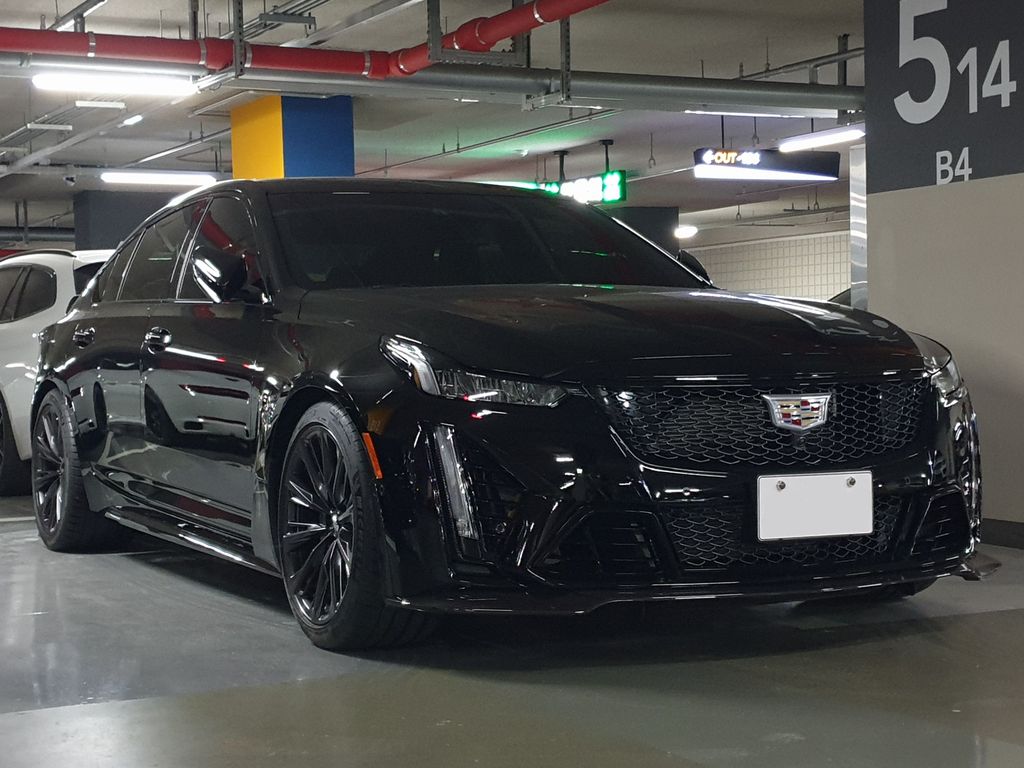
7. **Cadillac CT5-V Blackwing**: While the Cadillac CT5-V Blackwing undoubtedly boasts an impressive level of raw power and exhilarating performance, positioning itself as a compelling choice for enthusiasts, a closer inspection reveals critical areas where it struggles to meet the elevated expectations of the luxury segment. Automotive expert Emil Sultanov points out that its “interior quality and technology features lag behind European competitors.” This particular shortcoming is significant, as luxury buyers expect an interior that reflects meticulous craftsmanship and integrates state-of-the-art digital experiences seamlessly. When the cabin fails to impress, it fundamentally undermines the vehicle’s luxury proposition, making its premium pricing increasingly difficult to justify.
Beyond the cabin, the CT5-V Blackwing’s driving experience presents a notable compromise in comfort, a factor often highly valued in luxury vehicles. Sultanov remarks that “The ride can be harsh, and the cabin noise levels are higher than expected for a vehicle in this price range.” While a performance-oriented vehicle might entail some trade-offs in ride comfort, persistent harshness and excessive cabin noise detract significantly from the refined, serene atmosphere that defines true luxury. These issues suggest that the vehicle, despite its dynamic prowess, falls short in providing the all-encompassing, comfortable, and quiet environment that buyers expect at this price point.
Furthermore, the long-term financial viability of the CT5-V Blackwing is a considerable concern for prospective owners. Sultanov highlights that “Depreciation is also a concern, making it a less-than-ideal investment.” Rapid depreciation means that a significant portion of the initial investment can quickly diminish, reducing the vehicle’s overall value proposition over time. For a luxury car, which often represents a substantial financial commitment, a high depreciation rate can lead to considerable financial loss. Consequently, while its performance might be electrifying, the combined issues of a less-than-stellar interior, compromised ride comfort, and notable depreciation position the CT5-V Blackwing as a luxury purchase that, for many, is simply not worth the money.
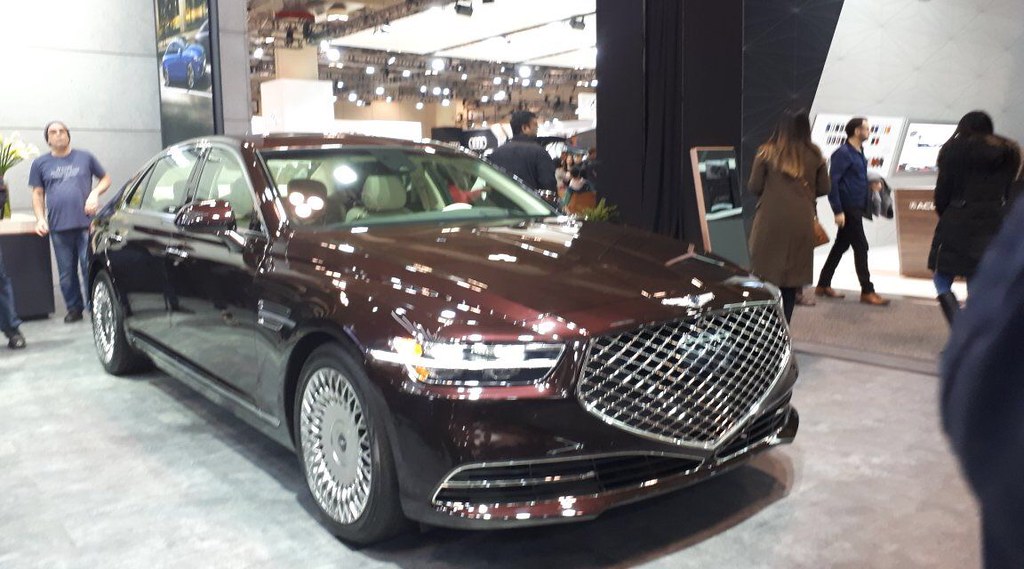
8. **Genesis G90**: The Genesis G90 has positioned itself as an intriguing challenger in the luxury sedan market, often enticing buyers with the promise of high-end features and sophisticated design at a seemingly more accessible price point compared to its established European rivals. This approach, while initially appealing, frequently encounters a significant hurdle: the inherent expectations associated with brand prestige and advanced technological integration that are paramount in the luxury segment. Emil Sultanov observes that the G90 “lacks the brand prestige and advanced technology found in German rivals,” a critical assessment that underscores its struggle to compete effectively at the very highest echelons of luxury automotive offerings.
In a market where a luxury badge often signifies years of heritage, meticulous engineering, and a reputation for pushing boundaries in innovation, the G90, despite its best efforts, often struggles to command the same level of aspirational desire or technological leadership. Sultanov further indicates that “the driving experience is underwhelming, and the resale value is lower compared with that of other luxury sedans.” An underwhelming driving experience, characterized by some experts as exhibiting “poor handling” and “not enough speed,” is a significant detractor in a segment where refined dynamics and engaging performance are core expectations. This lack of driving excitement, combined with reduced brand cachet, ultimately affects its long-term appeal and investment potential.
The financial implications of choosing the G90 are also a substantial consideration for potential owners. A lower resale value means that the initial investment depreciates more rapidly than its competitors, leading to a greater financial loss over the ownership period. Additionally, the broader expert consensus points to “a lot of maintenance” required for the G90, which translates into increased running costs over its lifespan. Sultanov definitively concludes that “Despite its attractive price, the G90 does not hold up well as a long-term investment.” This makes the Genesis G90 a less compelling choice for those seeking both genuine luxury and lasting financial value, as its initial price advantage is often offset by these significant long-term drawbacks.
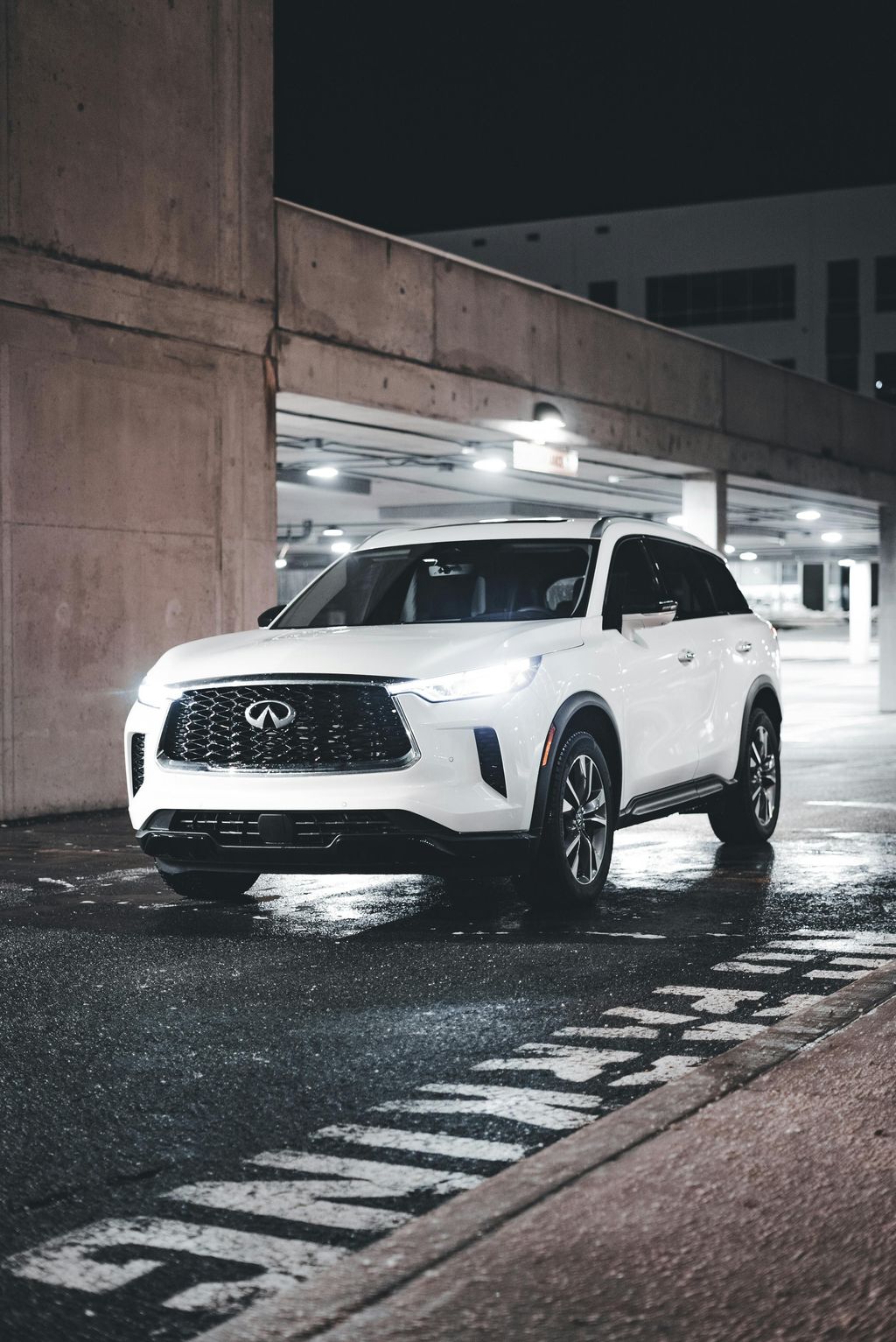
9. **Infiniti QX60**: From an initial perspective, the Infiniti QX60 presents itself as a practical and appealing mid-sized luxury SUV, lauded for its generous interior space and comprehensive suite of equipment. This combination often draws families and individuals seeking a comfortable and well-appointed vehicle for daily use. However, beneath this attractive exterior and practical appeal lies a series of fundamental issues that significantly diminish its overall value proposition within the fiercely competitive luxury SUV market. Emil Sultanov points out that the QX60 “suffers from poor fuel economy and lackluster driving dynamics,” immediately raising concerns about both its operational costs and its ability to deliver an engaging, refined driving experience.
Fuel efficiency is an increasingly critical factor for all car buyers, even those in the luxury segment, and a poor showing here adds to the long-term financial burden of ownership. The “lackluster driving dynamics” mean that the vehicle fails to provide the spirited and sophisticated ride expected from a luxury SUV, often feeling uninspired and unresponsive on the road. This lack of driving engagement, combined with the practical concern of high fuel consumption, significantly detracts from the daily enjoyment and economic sense of owning the QX60.
Furthermore, the interior experience and technological integration of the QX60 consistently fall short of luxury standards. Sultanov explains that “The interior materials feel cheap compared to other luxury SUVs, and the infotainment system is not as user-friendly.” The use of subpar materials undermines the perception of luxury, leaving buyers feeling shortchanged, while a frustrating infotainment system—described by some experts as “outdated technology” for both convenience and safety—creates a constant source of irritation and can even pose safety concerns due to a lack of intuitive operation. These critical factors, coupled with “high depreciation rates,” which are noted to make the QX60 a less appealing choice for purchase, mean that the vehicle rapidly loses value. The combination of high running costs, a disappointing cabin experience, and a significant loss of investment value firmly positions the Infiniti QX60 as a luxury SUV that, despite its initial allure, struggles to justify its premium price tag.
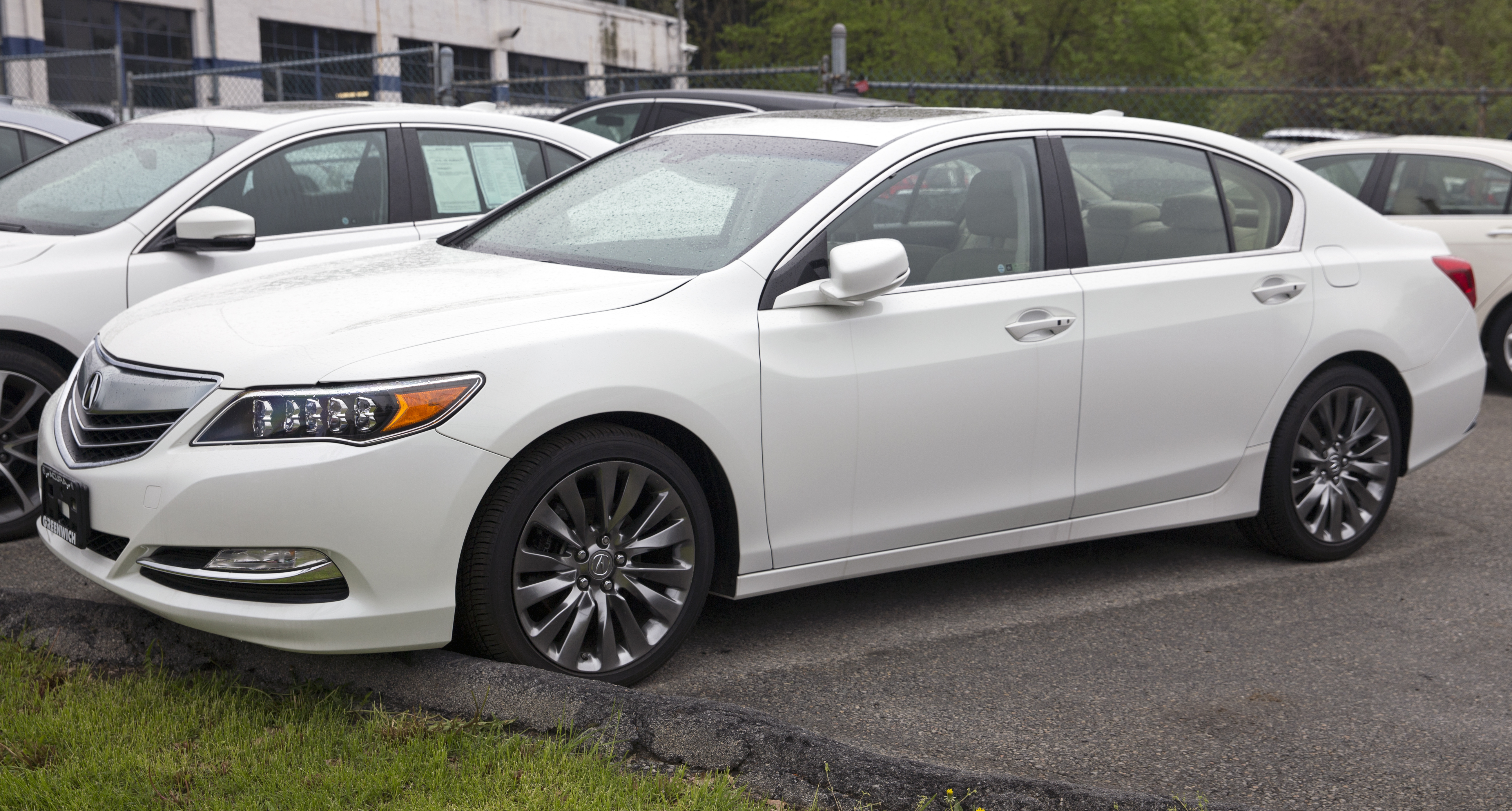
10. **Acura RLX**: The Acura RLX enters the luxury sedan arena as a seemingly sensible option, widely recognized for its inherent comfort and reliable operation, qualities that are undoubtedly valued by many discerning drivers. Yet, in a segment that constantly evolves with rapid technological advancements and increasingly sophisticated performance benchmarks, merely offering comfort and reliability is often no longer enough to command a premium price or justify a long-term investment. Emil Sultanov critically notes that the Acura RLX “lacks the performance and technological advancements found in its competitors,” a significant indictment that highlights its failure to keep pace with the dynamic luxury market.
This deficiency in both performance and technology means that the RLX often feels outmatched by its rivals, which typically offer more exhilarating driving dynamics, more responsive powertrains, and cutting-edge digital ecosystems. The absence of these modern attributes translates directly into a less engaging and less advanced ownership experience, leaving drivers feeling that their luxury vehicle is behind the curve. Sultanov further details these shortcomings by stating, “The design is dated, and the infotainment system feels clunky.” A dated design, lacking contemporary aesthetic appeal, can quickly make a luxury vehicle feel old-fashioned, diminishing its curb appeal and overall desirability.
The clunky infotainment system is another critical failing, as seamless and intuitive digital integration is now a non-negotiable hallmark of modern luxury. A frustrating and unresponsive user interface detracts significantly from daily convenience and the overall premium feel of the vehicle. When these elements—performance, technology, design, and user experience—fail to align with expectations, the value proposition erodes considerably. Given these persistent drawbacks, Sultanov concludes that “With many better options available in the luxury sedan market, the RLX does not represent a good investment.” This expert assessment suggests that while the RLX may offer foundational strengths, its failure to innovate and compete on key luxury metrics makes it a less-than-ideal choice for today’s sophisticated buyer.
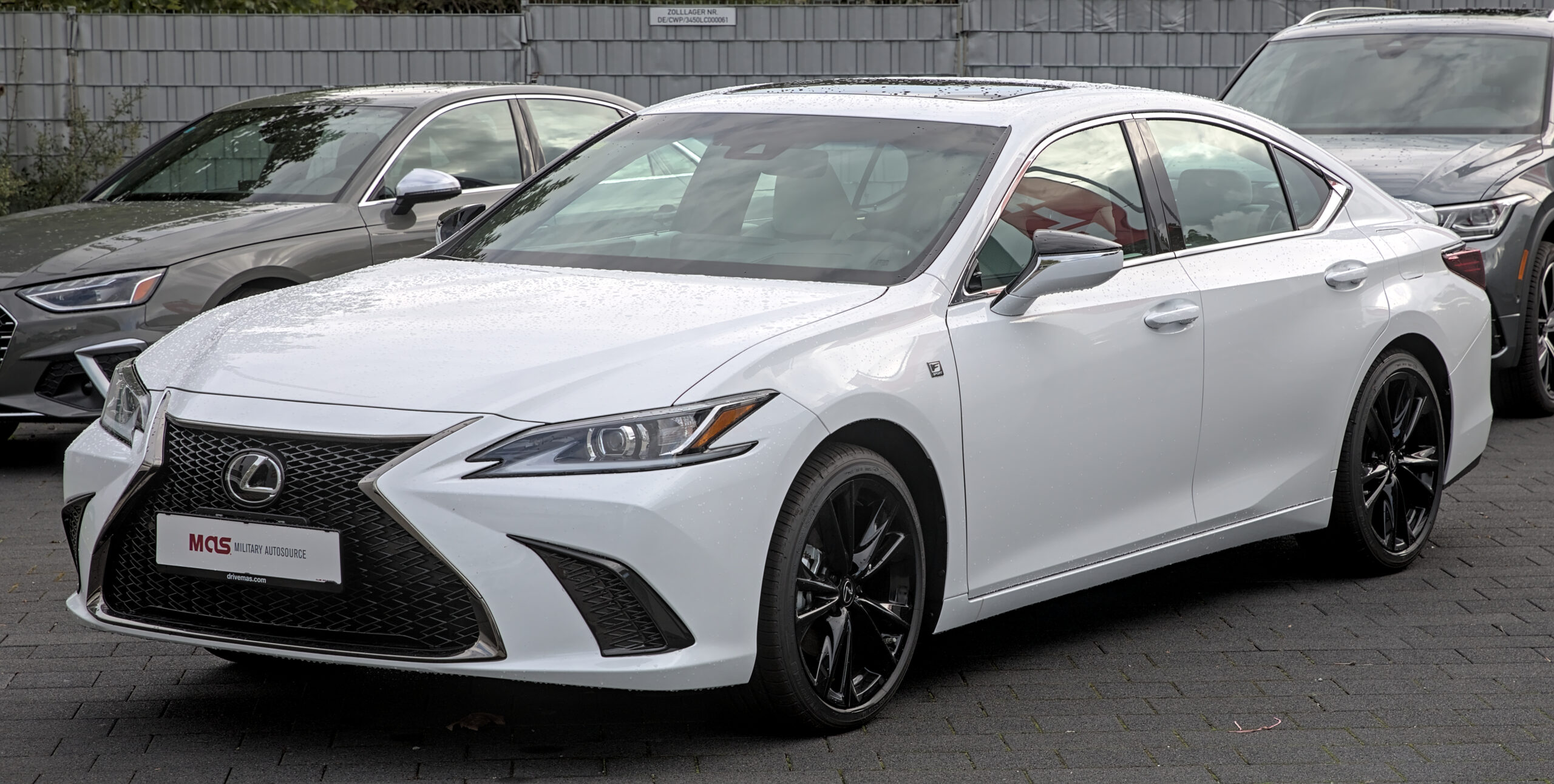
11. **Lexus ES**: The Lexus ES has long cultivated a solid reputation for delivering a highly comfortable ride and commendable reliability, characteristics that have historically made it a popular choice for buyers prioritizing dependability and a smooth, unstressful driving experience. These are undeniably strong points for any vehicle. However, in the dynamic and rapidly advancing luxury market, where innovation and an engaging driving experience are increasingly expected, the ES often finds itself struggling to maintain a competitive edge. As car expert Alex Black succinctly puts it, the Lexus ES “has not changed in a very long time,” leading him to conclude that it “Still is an old man’s car, even with the touchscreens.” This assessment highlights a crucial perception gap.
Despite incremental updates and the inclusion of modern features like touchscreens, the fundamental character and underlying platform of the Lexus ES remain largely unchanged, preventing it from offering the truly contemporary feel that discerning luxury buyers now seek. This static evolution translates directly into a driving experience that, while reliable, lacks excitement and modern dynamism. Black emphasizes that it is “Not a thrill to drive, either,” underscoring the vehicle’s inability to provide the spirited and engaging performance often associated with luxury sport sedans. For many, a luxury car is not just about getting from point A to point B comfortably, but about the joy and sophistication of the journey itself.
The core issue with the ES is its inability to blend its traditional strengths with the cutting-edge modernity and driver engagement that define current luxury offerings. While its reliability is a significant advantage, its overall package, including an interior that can feel uninspired and a driving dynamic that is distinctly conservative, fails to justify its premium price in a market teeming with more innovative and exciting alternatives. Black’s critique suggests that for a consumer seeking a truly state-of-the-art luxury sedan that offers both comfort and an engaging drive, the Lexus ES, despite its proven dependability, simply does not deliver the full value expected, making it a questionable investment for those who desire more than just a dependable, albeit predictable, ride.
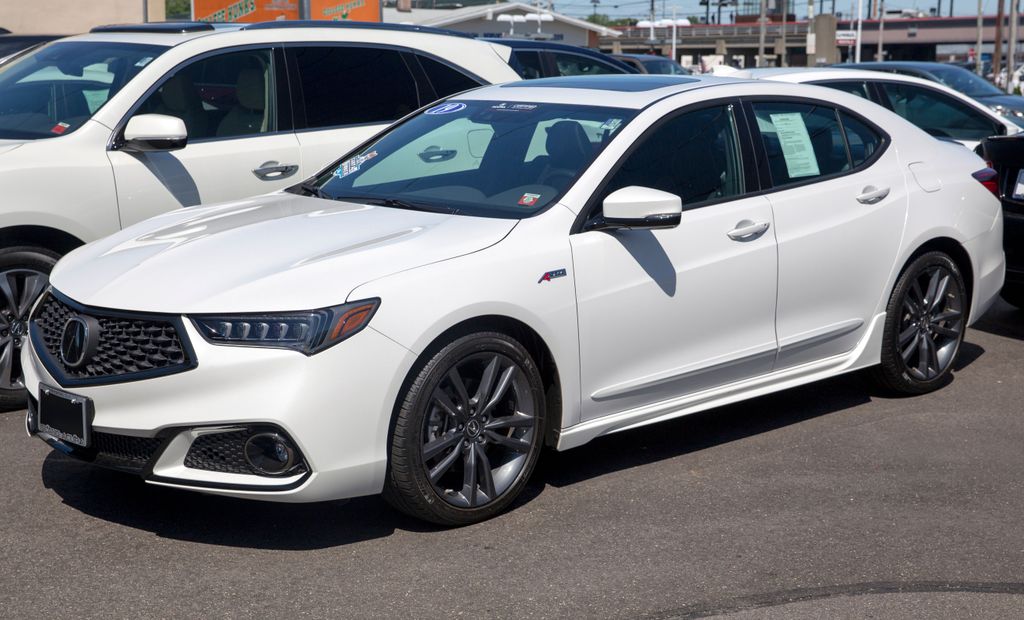
12. **Acura TLX**: The Acura TLX consistently presents itself with a sharp appearance, aiming to capture the essence of a premium sport sedan. Its design often draws positive attention, suggesting a vehicle capable of delivering both luxury and a dynamic driving experience. Yet, despite these initial impressions, a thorough evaluation by automotive experts reveals that the TLX frequently struggles to match the performance and technological sophistication offered by its well-established European competitors. Alex Black, a seasoned car expert, notes that the TLX is “behind others like BMW or Audi when it’s time to drive and tech-wise,” directly challenging its positioning as a true sport sedan in the luxury class.
The Acura TLX consistently presents itself with a sharp appearance, aiming to capture the essence of a premium sport sedan. Its design often draws positive attention, suggesting a vehicle capable of delivering both luxury and a dynamic driving experience. Yet, despite these initial impressions, a thorough evaluation by automotive experts reveals that the TLX frequently struggles to match the performance and technological sophistication offered by its well-established European competitors. Alex Black, a seasoned car expert, notes that the TLX is “behind others like BMW or Audi when it’s time to drive and tech-wise,” directly challenging its positioning as a true sport sedan in the luxury class.
This expert assessment underscores a critical shortcoming: the TLX’s inability to deliver a driving experience that genuinely excites or technological features that feel truly cutting-edge when compared to its formidable rivals. In the competitive luxury segment, particularly for a vehicle aspiring to be a “sport sedan,” dynamic handling, responsive power delivery, and seamlessly integrated, intuitive technology are not merely optional extras but fundamental requirements. When the TLX falls short in these key areas, it diminishes its overall appeal and its capacity to satisfy buyers seeking a truly premium and engaging automotive experience.
Black further clarifies his position by stating that the TLX is “Good, but not worth it if you’re looking at true luxury and performance.” This expert advice is crucial for prospective buyers. While the TLX may offer a competent and generally pleasant driving experience, it fails to elevate itself to the standard of “true luxury and performance” that its price tag and segment suggest. For consumers investing in a premium vehicle, the expectation is often a car that excels in every facet—from its driving dynamics to its technological offerings. The Acura TLX, despite its appealing design, ultimately struggles to justify its cost when measured against the superior driving engagement and advanced features provided by its direct competitors, making it a less compelling choice for those prioritizing top-tier luxury and performance.
Our extensive journey through these twelve luxury vehicles unequivocally highlights a crucial lesson for today’s car buyer: a high price tag and a prestigious badge do not automatically guarantee a worthwhile investment. Discerning consumers must look beyond initial allure and marketing hype, scrutinizing factors such as long-term reliability, depreciation rates, the integration of modern technology, and the overall driving experience. As car experts, our collective insights reveal that many luxury models, despite their promises, fail to deliver the substance that truly justifies their premium cost, making a thorough, unbiased evaluation paramount before making such a significant financial commitment. The market is saturated with options, and armed with knowledge, buyers can confidently avoid these pitfalls and find a luxury vehicle that genuinely delivers value, performance, and enduring satisfaction.



